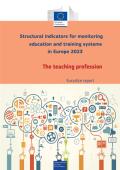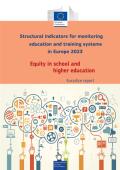Here you can consult our latest comparative reports. You can filter by topic, category, and/or title. Please refer to the EU Bookshop to source older publications.
Most of our reports are available in several languages.
Eurydice
EACEA National Policies Platform:Eurydice
Comparative Reports
Comparative Reports











